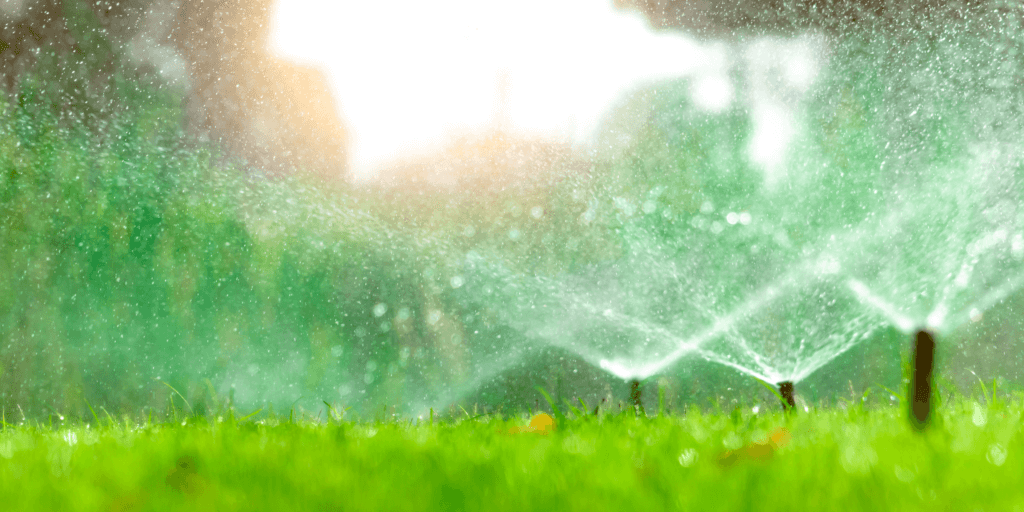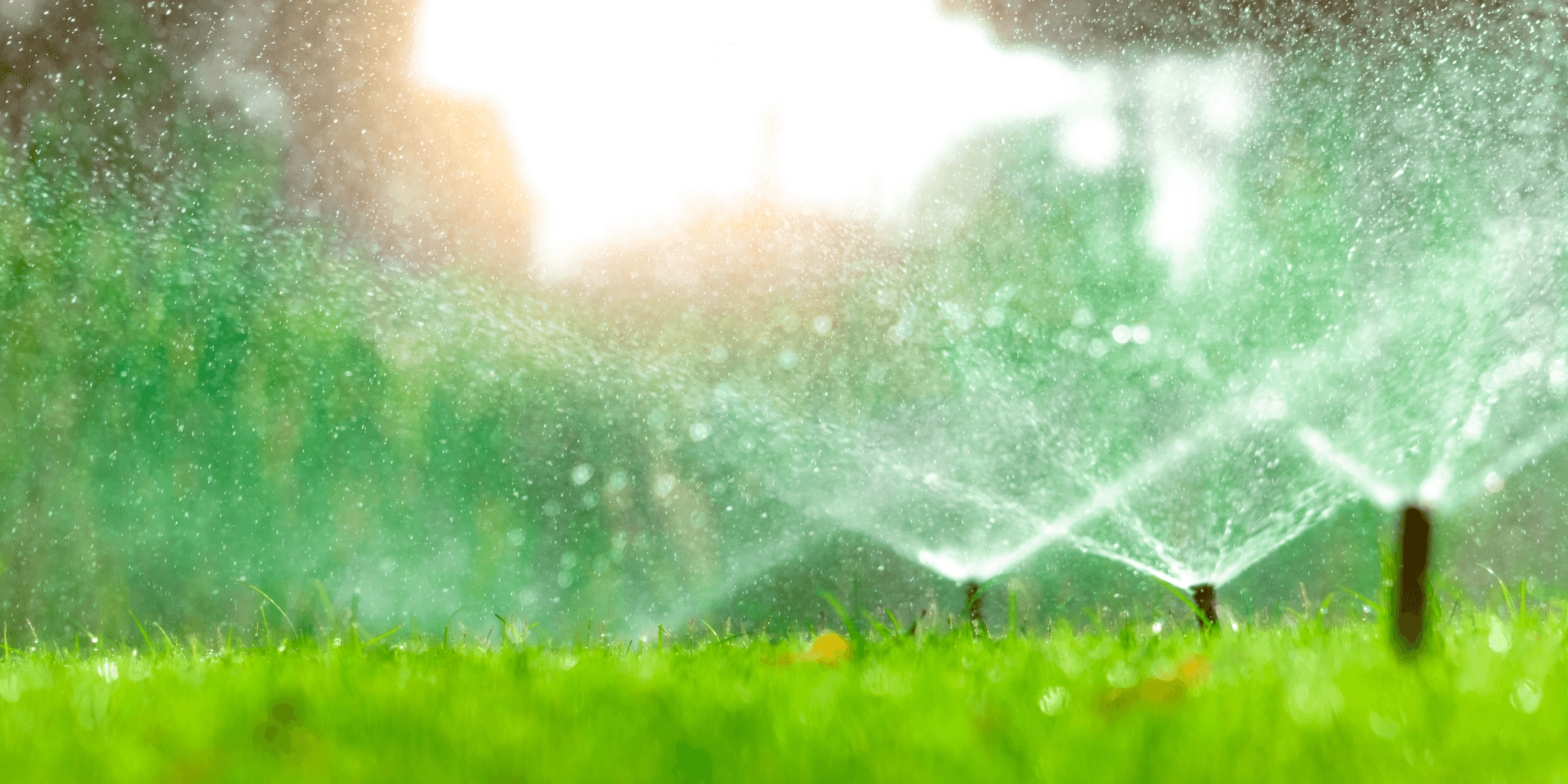The frequency of watering your lawn depends on various factors, including the climate, soil type, grass species, and time of year. However, here are some general guidelines to help you determine how often to water your lawn:

soil moisture
The goal is to maintain consistent soil moisture throughout the root zone of your grass. Check the soil moisture by probing the soil with a screwdriver or soil moisture meter. If the soil feels dry to a depth of 4-6 inches, it’s time to water.
grass type
Different grass species have different water requirements. Warm-season grasses, such as Bermuda grass, Zoysia grass, and St. Augustine grass, are typically more drought-tolerant and require less frequent watering compared to cool-season grasses like Kentucky bluegrass and fescue.
climate
Hot and dry climates will require more frequent watering, while cooler and more humid climates may need less frequent watering. In general, aim to water deeply and infrequently to encourage deeper root growth.
time of day
Watering in the early morning is generally recommended because it allows the grass to dry before evening, reducing the risk of fungal diseases. Watering during the hottest part of the day can result in excessive evaporation.
watering depth
Watering deeply encourages deep root growth, making the lawn more resilient to drought. Apply enough water to penetrate the top 6-8 inches of soil. This typically means applying about 1 inch of water per week, either through rainfall or irrigation.
water conservation
Consider local water restrictions and conservation efforts. Avoid overwatering and ensure that the water is being efficiently absorbed by the soil. Using irrigation methods like drip irrigation or soaker hoses can minimize water waste.
Note: these guidelines are general recommendations, and you should always adjust your watering schedule based on the specific conditions of your lawn. Additionally, observe your lawn for signs of stress, such as wilting or discoloration, as they can indicate the need for more frequent watering.

